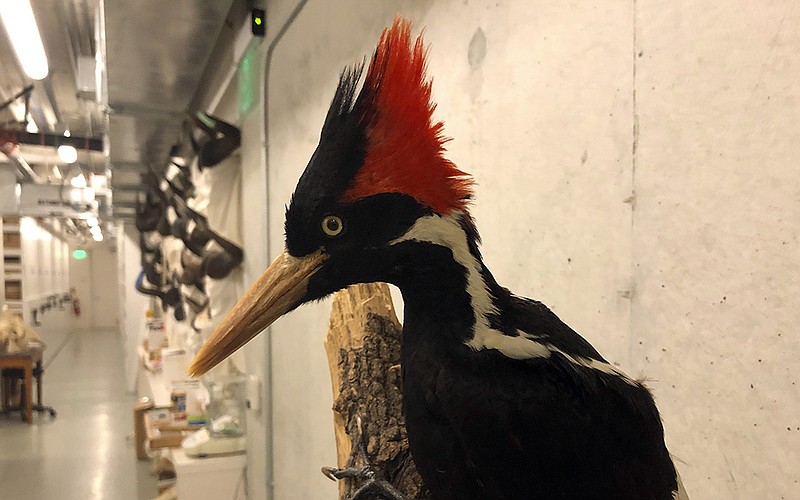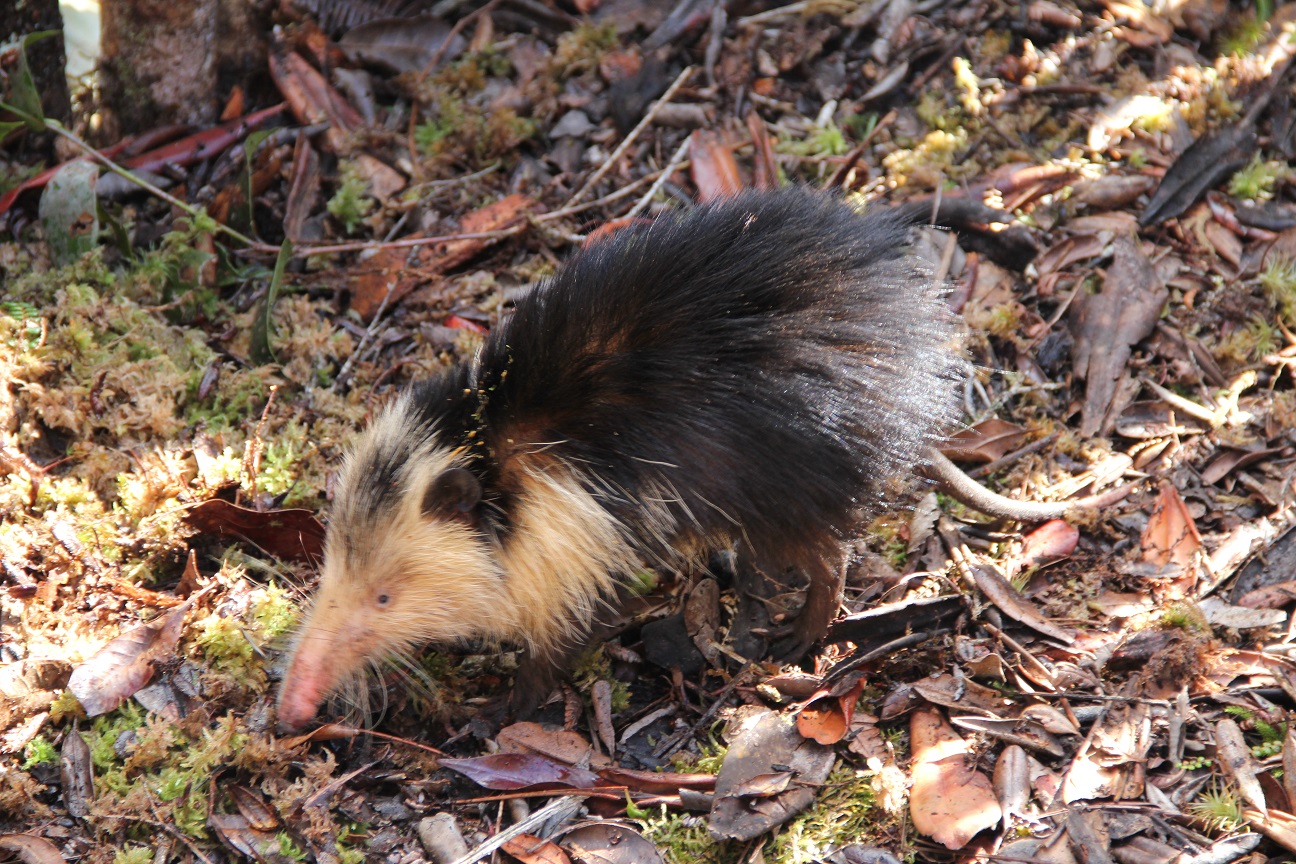Believed Extinct Animals STILL ALIVE Today
The history of the Earth spans more than 5 billion years, during which countless species have appeared and disappeared. However, through careful research and remarkable discoveries, scientists have discovered that some prehistoric animals still exist today. Here are some species that were once thought to be extinct but are still alive.
**1. Feathered Mammoth**

The Feathered Mammoth, a symbol of the Ice Age, was thought to have gone extinct about 4,000-10,000 years ago. However, in 2013, scientists discovered well-preserved specimens of the Feathered Mammoth in Siberia, with intact muscle tissue and liquid blood. This opened up the opportunity to study the DNA of this species and raised the possibility of reviving them.
**2. Ivory-billed Woodpecker**

The Ivory-billed Woodpecker, one of the world’s largest woodpeckers, was thought to be extinct in the mid-20th century. However, in 2004, a sighting was reported in Arkansas, USA. Although there is no solid scientific evidence, many people still hope that this bird still exists.
**3. Takah Bird**

The Takah Bird, a flightless bird native to New Zealand, was thought to be extinct in the late 19th century. However, in 1948, this bird was rediscovered by scientist Jeffrey Orbell in the Murchison Mountains, South Island. Since then, this bird has recovered with an increase in population in protected areas.
**4. Javan Elephant**

The Javan elephant was thought to have become extinct by the late 18th century. However, recent DNA analysis has shown that elephants on the island of Borneo are genetically related to the Javan elephant, suggesting that the species was not completely extinct, but may have migrated or been introduced to Borneo centuries ago.
**5. Frilled Shark**

The Frilled Shark, known as a “living fossil”, was thought to have become extinct millions of years ago. However, a 2004 discovery off the coast of Japan showed that the shark still exists, with the same body shape and features as its ancient ancestors.
**6. Coelacanth**

The Coelacanth, an ancient fish thought to have gone extinct 66 million years ago, was rediscovered off the coast of South Africa in 1938. With its unique body structure, this fish is one of the rare examples of prehistoric creatures surviving.
**7. La Palma gecko**

The La Palma gecko, once thought to be extinct, has been rediscovered on La Palma Island in the Canary Islands, Spain. Studies have shown that it has features consistent with species known from ancient fossils.
**8. Leosan rock rat**

The Leosan rock rat, once thought to be extinct for more than 11 million years, was rediscovered in 1996 in Laos. The discovery sheds new light on the story of this strange animal, and shows its tenacious survival in the wild.
**Cuban Solenodon**

The Cuban solenodon is one of the top 10 most evolutionarily distinct mammals on Earth. It is the last surviving member of an ancient group of insectivores that lived alongside dinosaurs 76 million years ago. This nocturnal mammal has unique physical traits, such as a long, flexible snout, venomous saliva delivered through grooved lower incisors, and a shrew-like body with an awkward, shuffling gait. Its venomous bite allows it to hunt a variety of prey, including frogs, small reptiles, and rodents.
These nocturnal creatures are elusive, hiding during the day in rock rocks, hollow trees, or burrows they dig themselves. Their exclusive nature and remote habitat led to the belief that they had gone extinct. The Cuban solenodon was last seen in the 19th century, and by the 1970s, it was presumed to have disappeared due to habitat destruction from logging, mining, and predation by introduced species like feral cats and dogs.
In 2003, a remarkable rediscovery of the Cuban solenodon was made in the remote southeastern regions of Cuba, proving the species had survived. Despite this discovery, the Cuban solenodon remains endangered, with no accurate population estimates available. Its venomous nature could lead to fear and hunting, but it is crucial to understand its ecological importance and implement strong conservation measures to prevent its extinction once again.
**Fernandina Island Galapagos Tortoise**

The Fernandina Island Galapagos tortoise, a unique species native to the Galapagos Islands, was believed to have been extinct for over a century. First discovered in 1906, it was thought to have disappeared due to volcanic activity and the destruction of its habitat by invasive species. For decades, no evidence of its existence was found, leading scientists to believe it had disappeared entirely.
However, in 2019, an extraordinary discovery was made when a living Fernandina Island Galapagos tortoise was found on Fernandina Island. The tortoise, a female named Fernanda, was sent to Yale University for genetic analysis, where scientists confirmed she belongs to the same species as the tortoise last seen in 1906. Fernanda’s distinct physical features, including a large domed shell with a Saddleback shape, sturdy limbs, and thick scaly skin, confirmed her identity as a Fernandina giant tortoise.
The rediscovery of Fernanda has sparked significant efforts to locate a male mate in hopes of reviving the nearly extinct species. This finding has energized conservationists and scientists alike to work towards preserving this extraordinary tortoise and ensuring the survival of the species.








